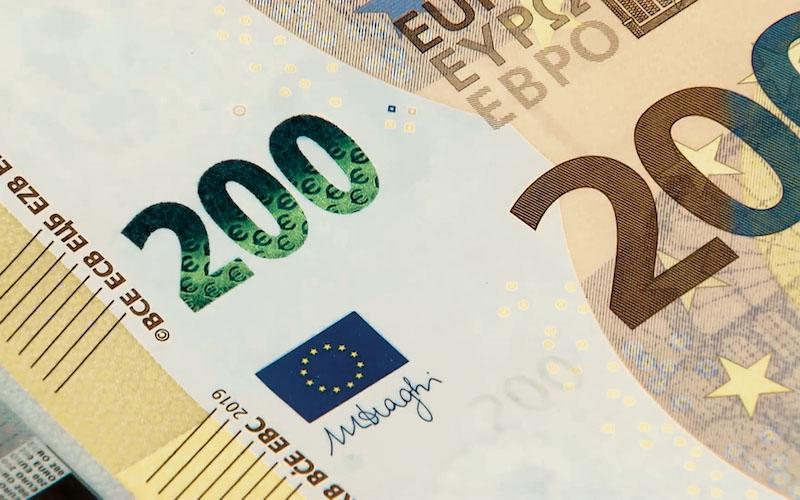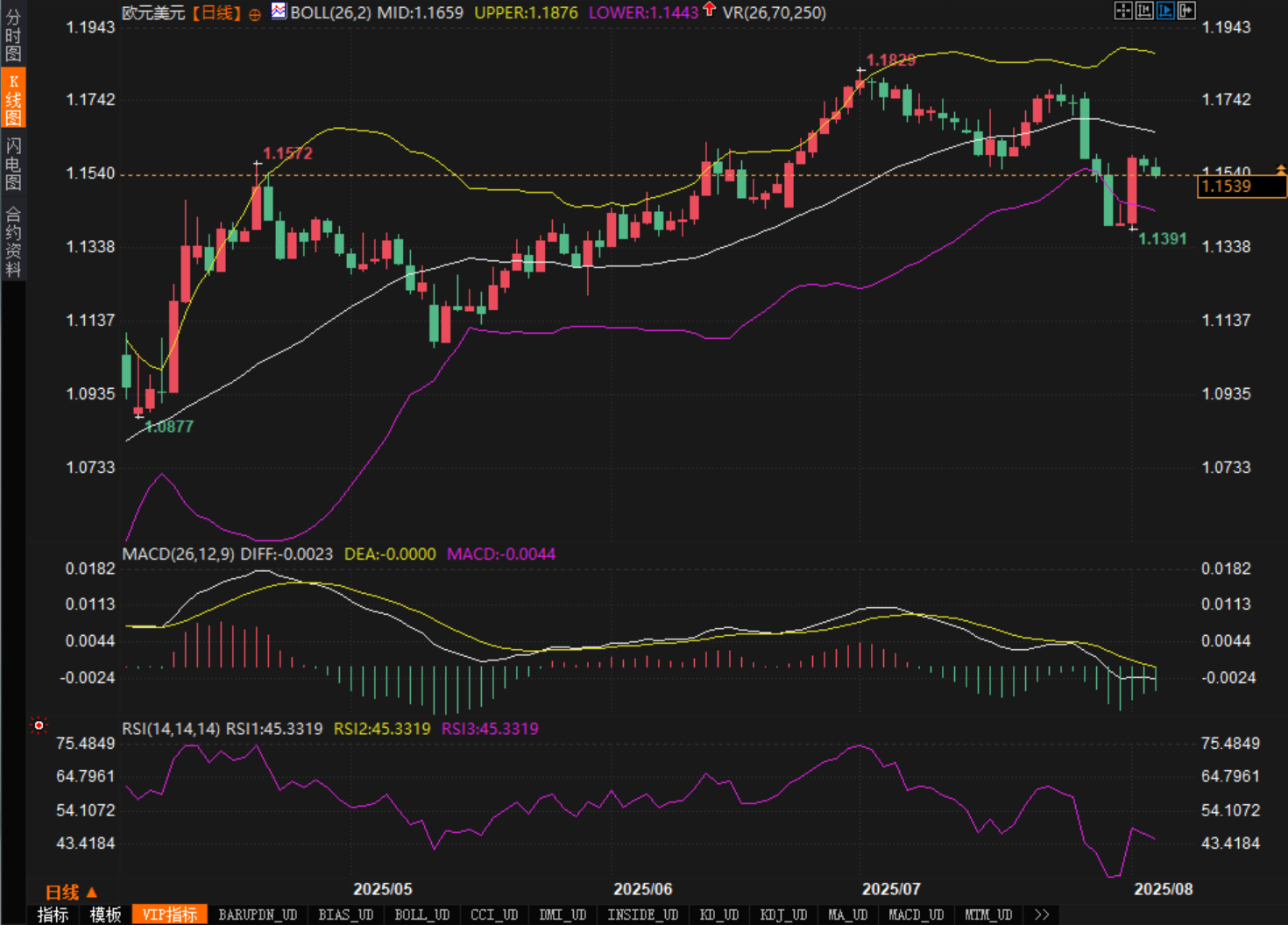Is the Euro Calming Down After a Shock? A Bull Trap or the Beginning of a New Trend?
2025-08-05 17:59:56

Fundamentally, the US July non-farm payroll data fell far short of market expectations, recording only 73,000 jobs, compared to expectations of 110,000. Data for the previous two months were also significantly revised downwards: May's employment report was revised down from 144,000 to 19,000, and June's employment report was revised down from 147,000 to 14,000. These consecutive downward revisions reinforced market concerns about a slowing US labor market and quickly fueled recession expectations. Further weighing on the dollar was the weakening US manufacturing PMI, with the ISM Manufacturing PMI falling from 49.0 to 48.0, indicating continued contraction in the manufacturing sector and falling far short of expectations for a reading of 49.5.
On the political front, US President Trump publicly criticized the BLS, the agency that releases employment data, and dismissed its director, sparking market concerns about government interference in the independence of statistical agencies. At the same time, the resignation of Federal Reserve Board member Kugler provided the president with an opportunity to replace the board member, which also intensified market expectations that monetary policy will tilt toward dovishness.
In Europe, the Sentix Investor Confidence Index plummeted from 4.5 last month to -3.7, well below market expectations of 8.0. This indicates growing pessimism about the Eurozone's economic outlook and reflects a weakening recovery. Furthermore, the continued failure of EU-US trade negotiations to achieve substantive results continues to weigh on confidence in the Eurozone.
Technical aspects:
On the daily chart, the EUR/USD exchange rate rebounded strongly from the lower Bollinger Band (1.1443) last Friday, forming a bullish candlestick pattern that reached a high of around 1.1600, but failed to break through the middle Bollinger Band (1.1659). Prices have come under slight pressure since the start of this week and are currently trading around 1.1540, between the middle and lower Bollinger Bands, indicating a short-term market correction.

In terms of the MACD indicator, the fast and slow lines are below the zero axis, and the green kinetic energy column has shortened, suggesting that the short-selling momentum is tending to be exhausted, but no obvious golden cross signal has been formed, and the trend reversal still needs further confirmation.
The RSI (14) remains near 45, indicating that the exchange rate has not entered the overbought or oversold range and is in a neutral to weak technical state. Analysts believe that if the price continues to hold above 1.1500, it is expected to retest the 1.1600-1.1650 resistance area in the short term; on the contrary, if it falls below 1.1440, it is necessary to be vigilant about a pullback to test the previous low of 1.1391 and the 1.1300 support band.
Market sentiment observation:
Market sentiment has recently shifted significantly from a cautious wait-and-see stance to a risk-averse stance. The deteriorating employment outlook, driven by the non-farm payroll data, has weakened traders' confidence in the US economic outlook. Rising expectations of a dovish Federal Reserve have fueled the recent pullback in the US dollar and also driven market allocations toward safe-haven and non-US assets.
Futures markets are rapidly betting on a September Fed rate cut, with some institutions even anticipating two rate cuts this year. This sharp shift in the interest rate outlook has heightened the risk of a systemic pullback for the US dollar and provided temporary support for the euro. However, weak economic data and declining confidence within the eurozone remain key factors weighing on bullish sentiment.
Technical indicators show that the market has entered a stage of sentiment recovery, but lacks a clear direction, and a true trend reversal is yet to be formed in the market consensus.
- Risk Warning and Disclaimer
- The market involves risk, and trading may not be suitable for all investors. This article is for reference only and does not constitute personal investment advice, nor does it take into account certain users’ specific investment objectives, financial situation, or other needs. Any investment decisions made based on this information are at your own risk.





















